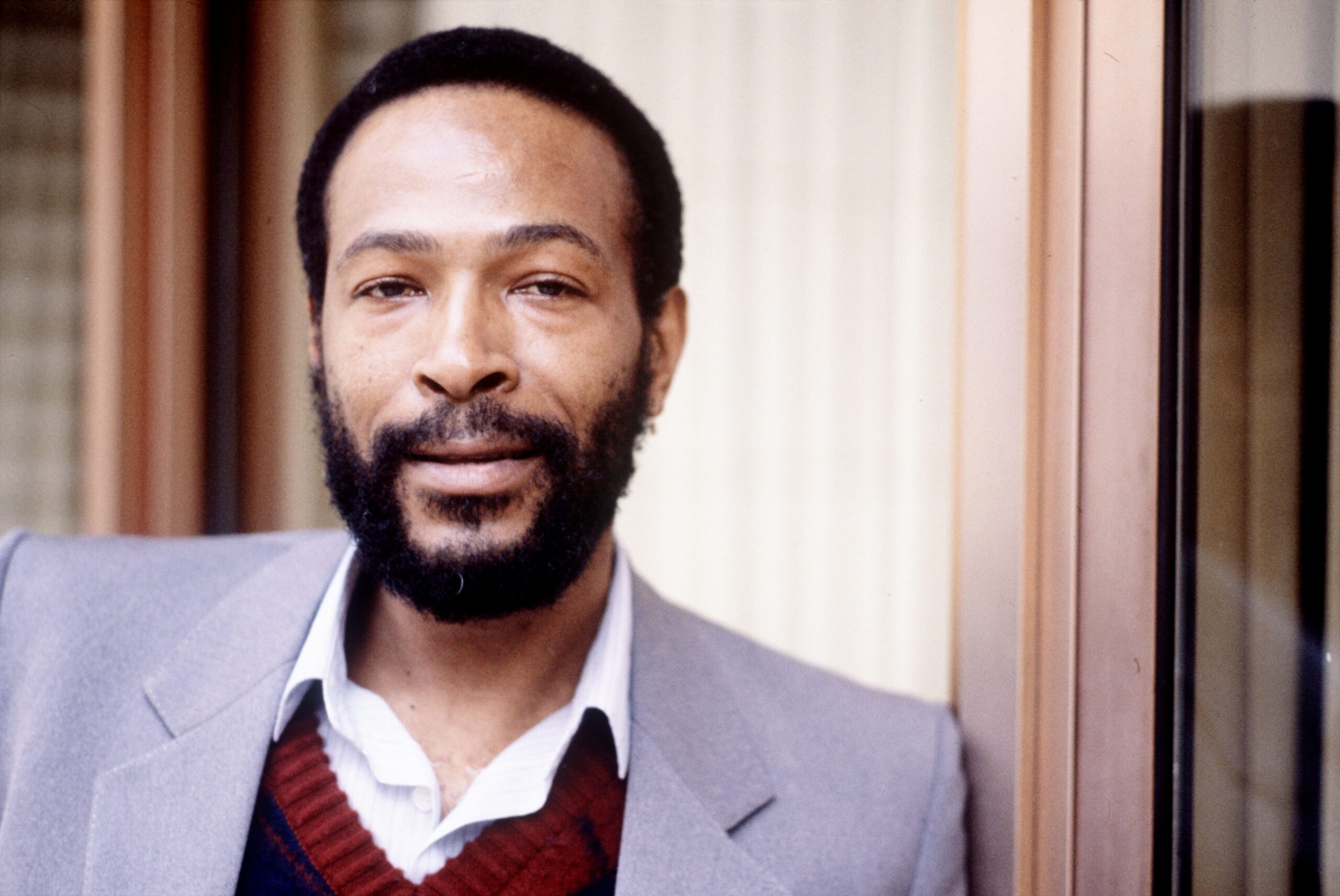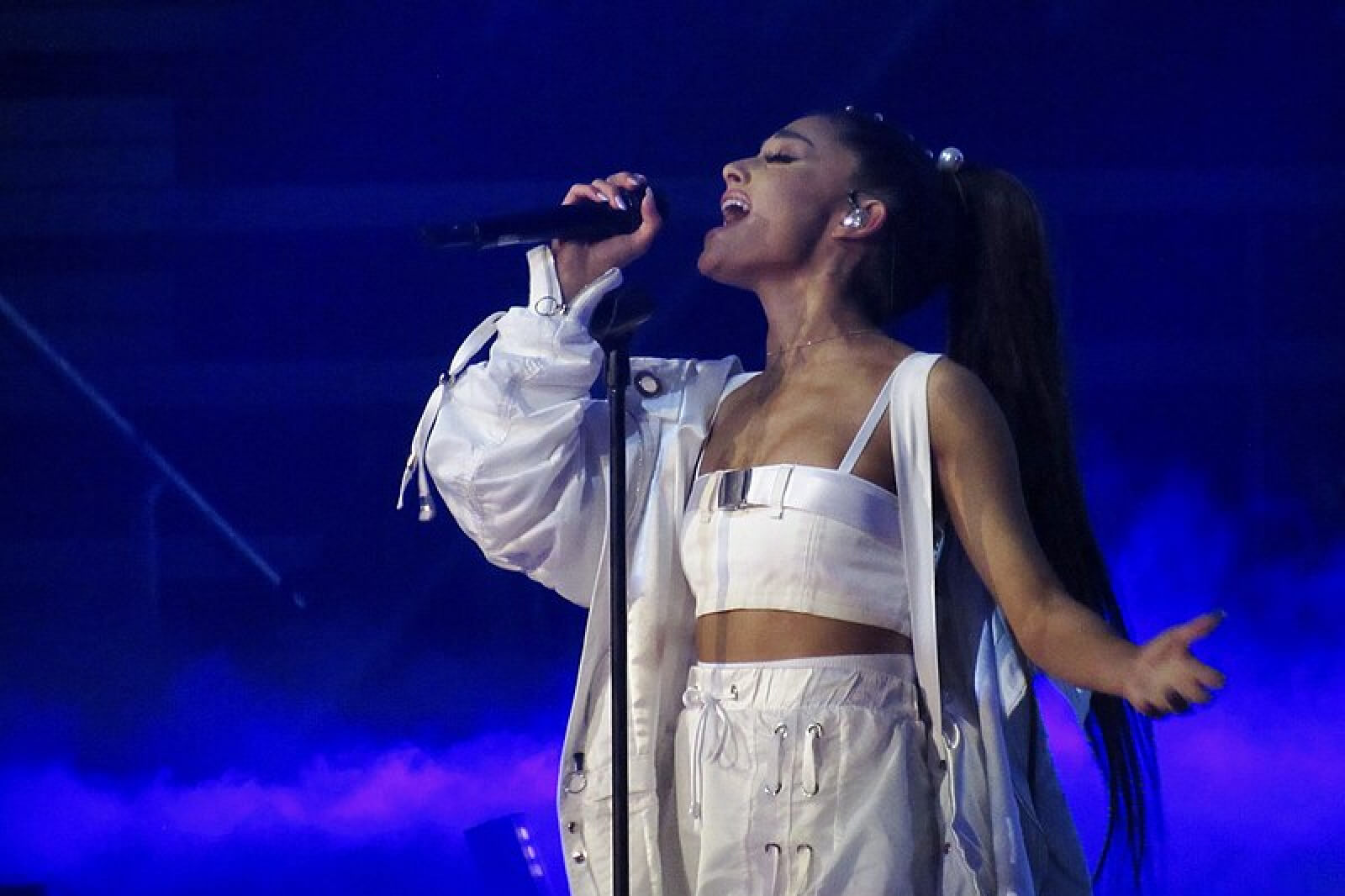
Marvin Gaye
Photo by Eugene Adebari/Shutterstock
On this day in 1984, Marvin Gaye was shot and killed at the apex of his career.
Since his early days in Motown’s ranks, Gaye was always a tastemaker. Initially a reclusive drummer, Gaye quietly emerged onto the 1960s Motown scene with a handful of early doo-wop hits. When crooning began to dominate mainstream radio, Gaye shifted with the tide and positioned himself as a crooner in his own right with hits like “My Funny Valentine and “How High The Moon.” He then naturally dove into the world of R&B before pivoting for a brief stint in psychedelia with an acclaimed reimagining of Dion and Beatles songs. As the 70s brought on disco and sly funk, Gaye curated his own material to add to the exploding genre.
All of it was so naturally Gaye. He was an unstoppable musical polymath who could easily switch with the times, making his senseless murder on his 45th birthday all the more depressing. His endless musical cache about societal ills and personal heartbreak would eventually inspire the talents of Drake and The Weeknd, just to name a few. In honor of the legendary singer, here are a few of his best moments.
How Sweet It Is (To Be Loved By You)
A 1960s Motown classic, this infectious jam came after a seemingly abundant number of smash hits from songwriters Brian Holland and Eddie Holland, and the way Gaye sings it with a glint in his eye became almost more iconic than the earworm itself. “Try as they might, no other vocalist could combine those two sensibilities as Gaye does here,” wrote Stereogum, “bringing to life the guy that you wanted to bring home to meet mom and then sneak off to the bathroom for a quickie before dinner is served.”
That’s The Way Love Is
Another earworm, “That’s the Way Love Is” wasn’t written for Gaye, but the soul for which Gaye calls out “that’s the way love is, babe” would suggest otherwise. A lot of Gaye’s early work through 1970 wasn’t written by the balladeer, but his ability to elevate lyrics with emotional transparency became a niche, if not extremely marketable, talent for Gaye. On this cover of the Isley Brothers hit, Gaye enlists the help of the Funk Brothers to turn the track into a bouncy R&B smash.
I Heard It Through The Grapevine
While Gladys Knight’s rendition turned the soulful ballad into a funky chart-topper, Gaye’s arresting rendition of “I Heard It” will always remain superior. While Motown head Berry Gordy preferred Knight’s interpretation, Gaye’s rendition surprisingly caught the attention of radio DJs, who spun the track so much Gordy allowed Gaye’s version to be released as a stand-alone single. Over 50 years later, and the track remains as raw and powerful as ever. The scarcity of its arrangement allows Gaye’s backing string section to soar, while Gaye sings frankly about budding infidelity as if he’s experiencing the roller-coaster of heartbreak in real-time. The song would go on to be Gaye’s first US smash.
Marvin Gaye – Lets get it on
While Gaye’s legendary love-making anthem was originally billed to him by Ed Townsend as a religious ballad, Gaye reworked it into the classic love-making hit we all know and adore. Lyrically inspired by Janis Hunter, Gaye’s eventual wife, “Let’s Get It On” was crammed onto so many sex playlists that it became a cliche, but for years, it was the most seductive song in the country, thanks to Gaye’s smooth vocals and unrestrained passion. You could practically hear him taking off his clothes.
Sexual Healing
Listed by Rolling Stone as one of the 500 Greatest Songs of All Time, “Sexual Healing” became Gaye’s calling card later in life. Riddled with IRS woes and cocaine addiction, Gaye moved to Belgium where he became introduced to Reggae. In 2012, Gordon Banks told The Atlantic that the lyrics were inspired by Gaye’s intrigue for Amsterdam’s Red Light District, to which his producer David Ritz said that he needs “sexual healing.” Prior to 2012, a rumor floated around that Gaye’s lyrical inspiration came from Gaye’s sadomasochist comic book collection.













